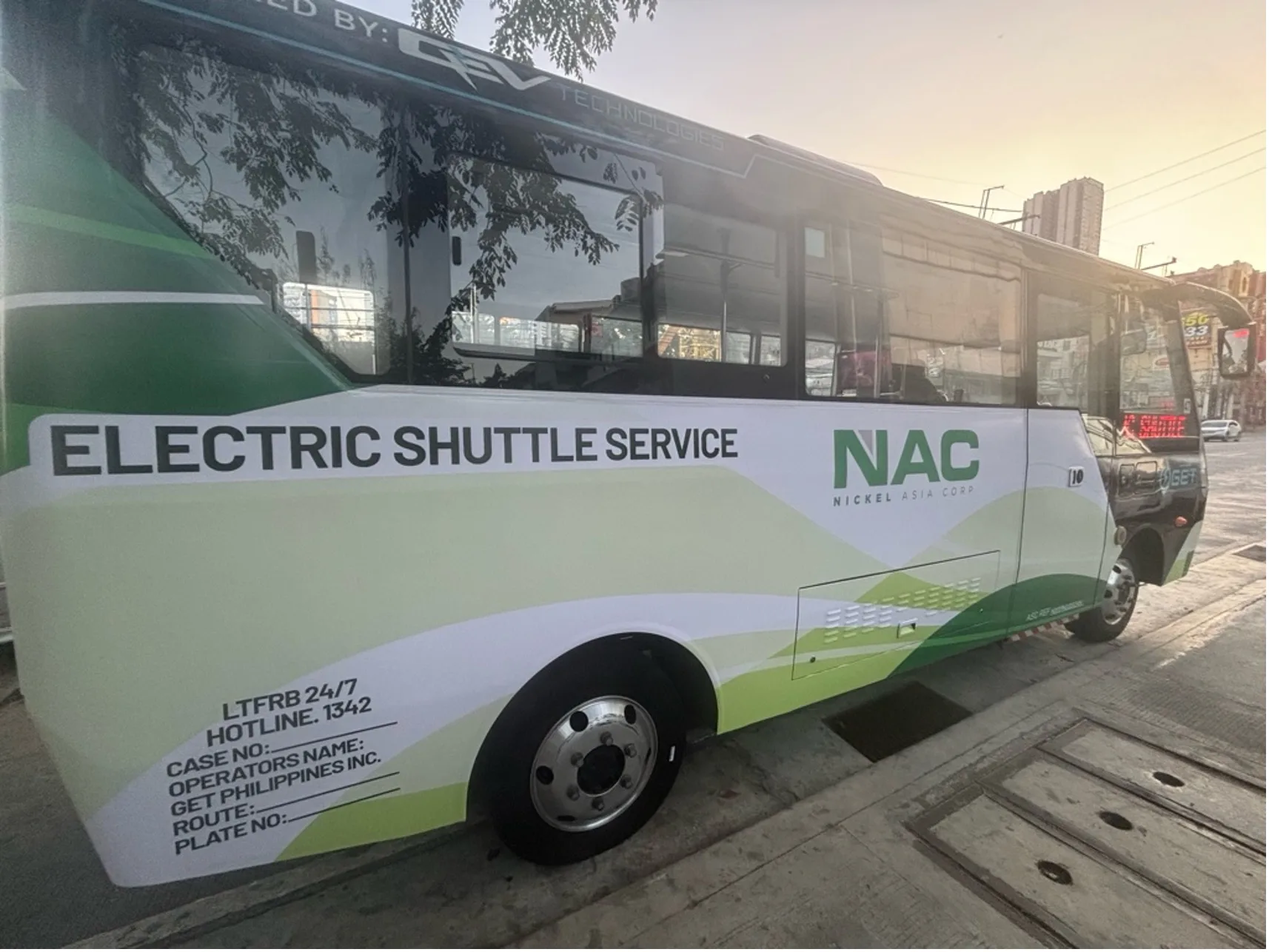Transit Advertising Philippines: Reach Thousands of Travelers Daily
A Thorough Assessment of the Techniques and Techniques for Successful Transit Marketing Campaigns
Transportation ad campaign provide a distinct possibility for brand names to engage with diverse audiences in dynamic settings. To achieve success, it is vital to recognize the nuances of target demographics, implement ingenious style methods, and pick optimal placement locations. In addition, the efficiency of these projects can be considerably boosted by very closely keeping track of efficiency metrics and adjusting strategies appropriately. As we discover these important components, it becomes clear that the course to an impactful transit marketing technique is both gratifying and complex, elevating the concern of how best to navigate these complexities for maximum brand presence.
Understanding Target Demographics
Recognizing target demographics is important for the success of transit marketing campaign (Transit Advertising Philippines). Determining particular audience segments enables marketers to tailor their messages efficiently, guaranteeing that the material reverberates with the desired customers. This strategy boosts interaction and maximizes return on investment
To successfully assess target demographics, marketers should consider numerous crucial variables, consisting of age, income occupation, level, and way of living choices. As an example, a campaign targeted at young professionals may concentrate on comfort and modernity, while one targeting families could emphasize safety and security and dependability. Additionally, geographical aspects such as urban versus country settings can significantly affect customer behavior and choices.
Information collection approaches such as studies, focus teams, and social networks analytics offer important insights into market trends and consumer practices. By leveraging this details, advertisers can craft compelling stories that line up with the values and demands of their target audience.
Eventually, comprehending target demographics not only educates the calculated instructions of transit ad campaign however likewise ensures that resources are allocated efficiently. This targeted approach enhances the chance of attaining campaign objectives, cultivating brand loyalty, and driving conversions.
Creative Design Strategies
Efficient communication with target demographics depends greatly on cutting-edge imaginative design methods in transit ad campaign. To successfully catch attention in a crowded aesthetic atmosphere, designers need to focus on clearness and aesthetic influence. Utilizing strong colors and high-contrast components can enhance visibility, making certain that messages are easily understandable from a range.
Including dynamic images that resonates with the target audience is important. Aesthetic storytelling methods can evoke feelings and create memorable associations with the brand. Moreover, calculated use typography assists convey necessary info rapidly; understandable typefaces and ideal dimensions further boost readability.
Incorporating interactive elements, such as QR codes or increased fact functions, can involve commuters past easy monitoring (Transit Advertising Philippines). These techniques not just promote individual interaction but additionally link the gap between traditional marketing and electronic engagement
In addition, making use of room artistically-- whether on bus covers, transit shelters, or metro advertisements-- can cause innovative formats that damage the mold and mildew of traditional advertising and marketing. By embracing artistic creative thinking while keeping brand name consistency, campaigns can promote a solid link with their audience, inevitably driving both understanding and activity. The assimilation of these style methods is paramount for accomplishing effective transit advertising results.
Strategic Placement Approaches
Making the most of the effect of transit advertising and marketing depends upon critical positioning useful source techniques that guarantee ideal presence and engagement. Reliable placement involves comprehending and evaluating high-traffic locations traveler demographics to recognize the most useful places for ad screens. For circumstances, placing ads near entries and leaves of transportation vehicles can capture the focus of boarding and touching down passengers, therefore boosting exposure.
Furthermore, utilizing both exterior and interior surfaces of transit vehicles can dramatically widen reach. Exterior ads, noticeable during commutes, engage pedestrians and various other motorists, while interior advertisements target travelers in a captive atmosphere. Additionally, placing promotions in transportation hubs, such as bus terminals or train stations, permits raised perceptions as travelers transition between different modes of transport.
Timing is additionally critical; straightening the campaign launch with peak travel durations optimizes audience interaction - Transit Advertising Philippines. Moreover, leveraging digital displays in transportation atmospheres can assist in vibrant web content, giving real-time updates and improving user interaction. By utilizing these calculated positioning methods, marketing professionals can make sure that their transit marketing projects accomplish optimal exposure, reverberate with the target audience, and ultimately drive preferred results

Gauging Campaign Efficiency
To analyze the success of transit ad campaign, it is vital to utilize a variety of dimension strategies that give understandings into audience involvement and total efficiency. One primary technique is making use of vital performance indicators (KPIs), such as reach, impacts, and involvement rates, which evaluate exactly how several people interacted and viewed the advertisement with it.
Studies and emphasis teams can also contribute in evaluating customer assumptions and recall, enabling online marketers to comprehend the influence of their messaging. Furthermore, tracking internet site web traffic and social pop over to these guys media sites engagement throughout and after the project aids measure straight feedbacks to the advertising and marketing.
An additional reliable method is using location-based analytics, which can offer information on foot web traffic around details transportation locations, using insights into whether the project efficiently caught the attention of commuters. In addition, assessing sales information can expose correlations between transportation advertising and marketing and enhanced profits, providing tangible proof of a project's performance.
Case Studies of Success
Recognizing the effectiveness of transportation marketing projects with measurement methods lays the groundwork for checking out real-world examples that show successful results. By utilizing geo-targeted electronic advertisements and analytics, the brand name gauged a 30% increase in sales in areas where the covers were prominently presented, showing the straight impact of transit marketing.
Another compelling example originates from a neighborhood not-for-profit organization that introduced a project on subway systems to advertise an area event. The organization integrated dynamic visuals with QR codes guiding travelers to a registration web page. Post-campaign evaluation revealed a 50% boost in event attendance contrasted to the previous year. The usage of direct interaction with modern technology magnified the project's reach and performance.

Final Thought
In summary, successful transit ad campaign require a detailed strategy that integrates an understanding of target demographics, cutting-edge design techniques, and critical positioning. By prioritizing emotional interaction with strong visuals and maximizing visibility throughout top traveling times, brand names can significantly improve their effect. In addition, ongoing measurement of campaign effectiveness with essential performance indicators and consumer responses makes certain continual improvement. Jointly, these approaches foster brand presence and make best use of the roi en route advertising and marketing initiatives.
Recognizing target demographics is critical for the success of transit advertising and marketing campaigns.Efficient communication Your Domain Name with target demographics relies greatly on innovative imaginative design strategies in transportation marketing projects. By using these calculated placement approaches, marketing professionals can make certain that their transit marketing campaigns achieve optimal presence, reverberate with the target audience, and inevitably drive desired outcomes.
Comprehending the effectiveness of transportation marketing campaigns via dimension strategies lays the groundwork for examining real-world instances that illustrate successful outcomes.In recap, successful transportation marketing projects require an extensive approach that integrates an understanding of target demographics, ingenious layout strategies, and tactical placement.